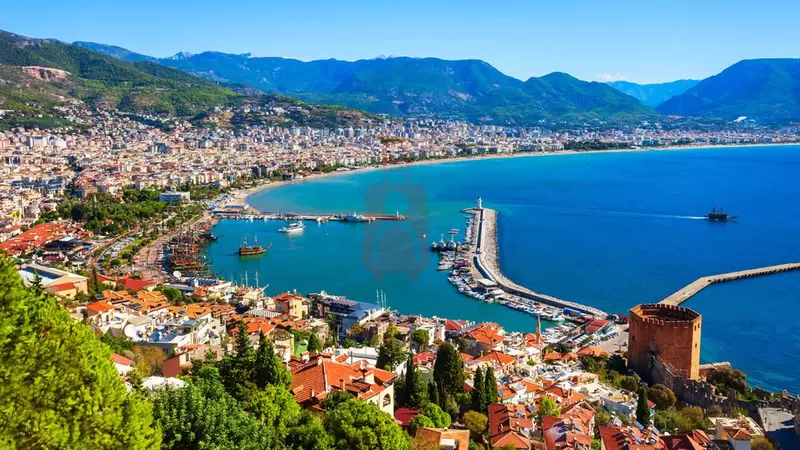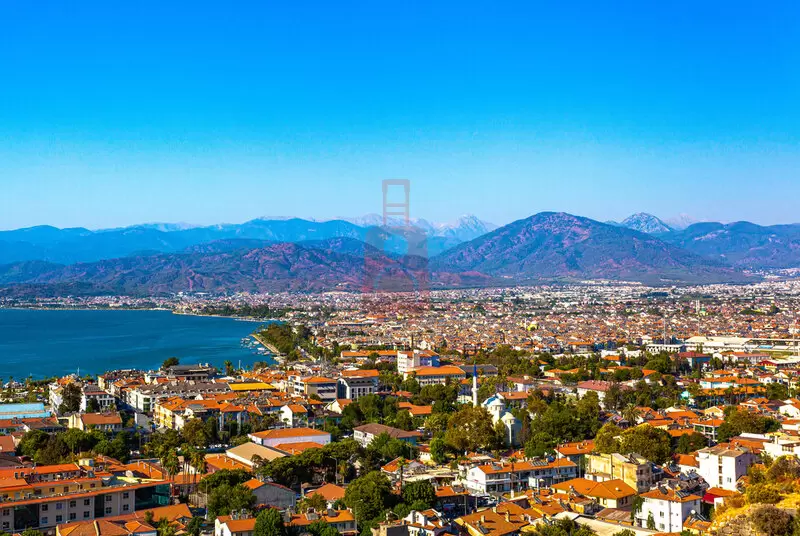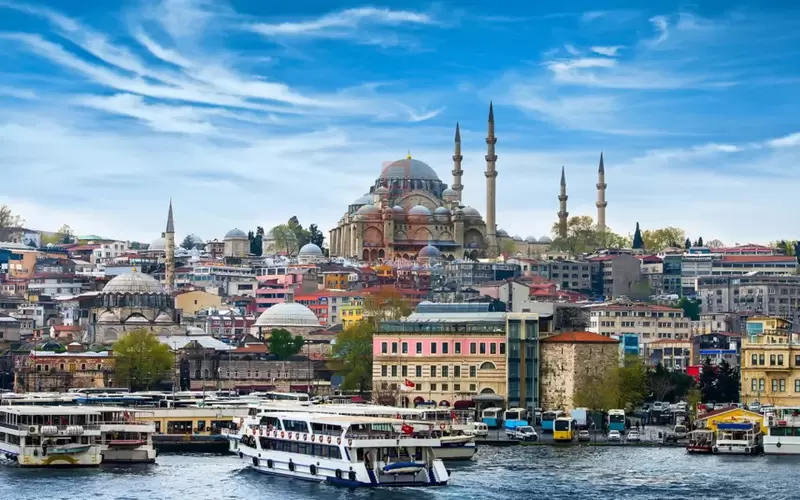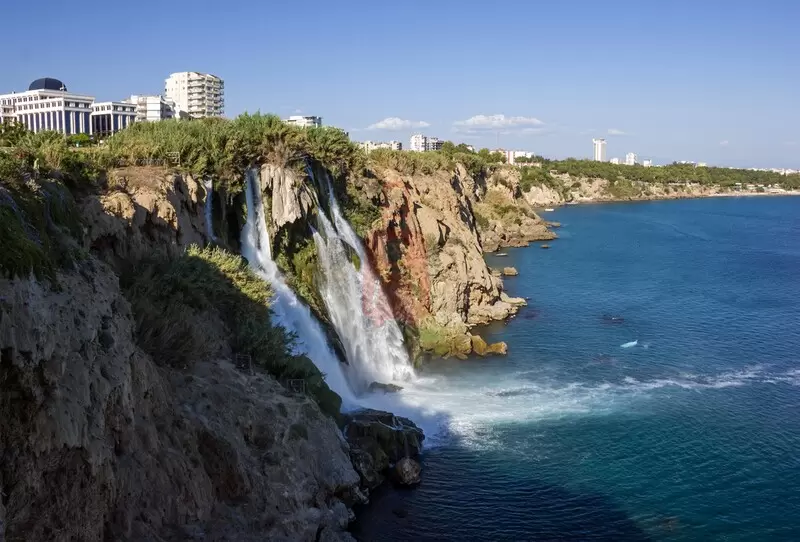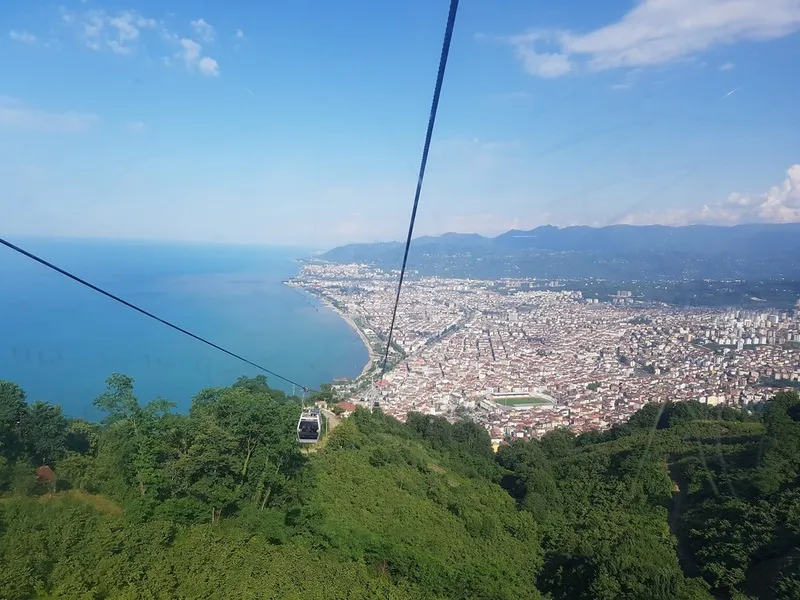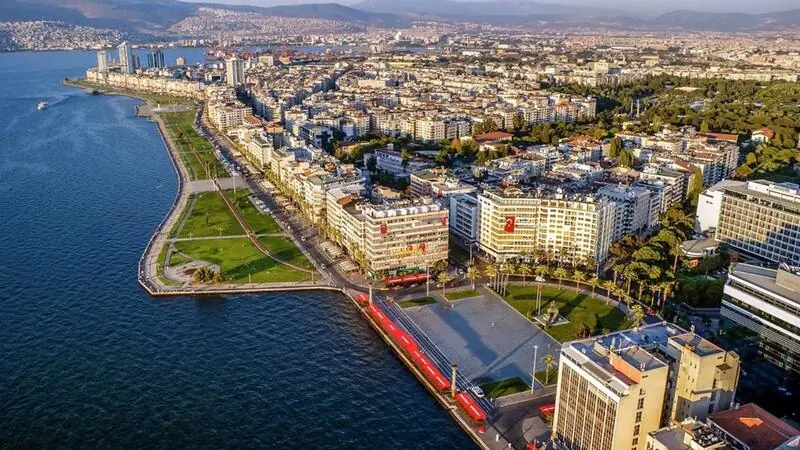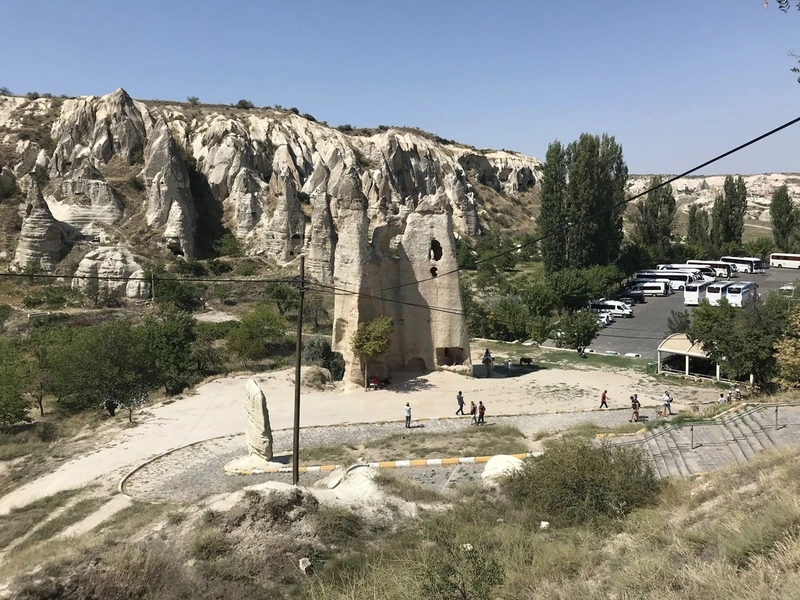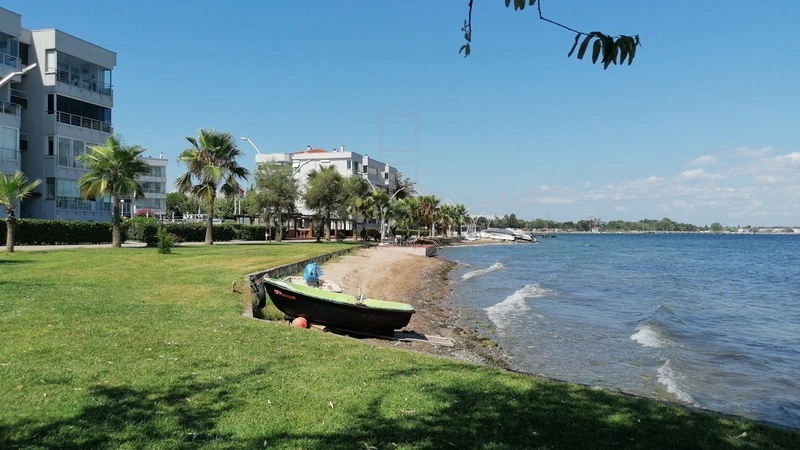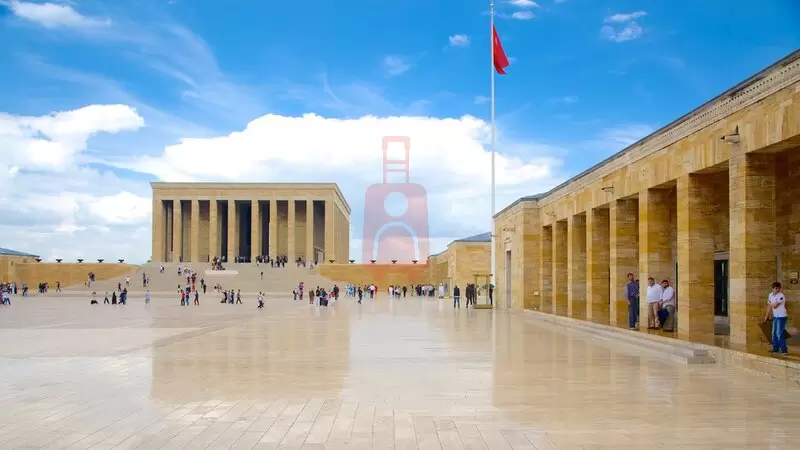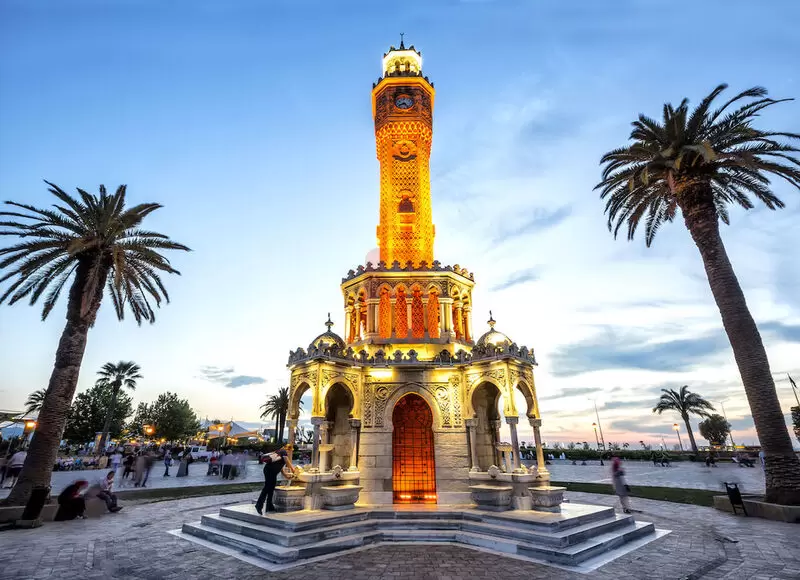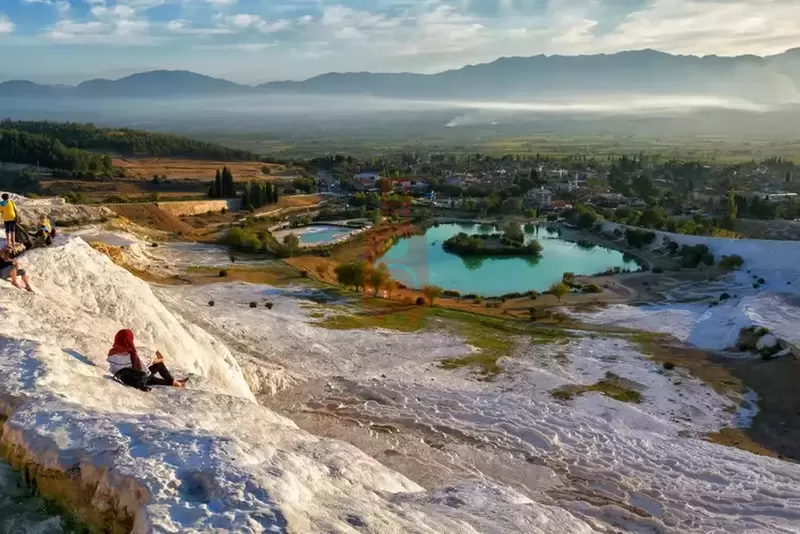
Denizli, located in southwestern Turkey, is a region rich in natural beauty, history, and cultural heritage. It is best known for the stunning white travertine terraces of Pamukkale, but it offers much more for travelers who take the time to explore its diverse landscapes and historical sites. A seven-day trip to Denizli allows you to fully immerse yourself in the region’s natural wonders, ancient ruins, and traditional culture. Here is a detailed guide for seven days of unforgettable travel in Denizli.
Day 1: Pamukkale and Hierapolis
Start your journey with a visit to the world-renowned Pamukkale, one of Turkey’s most famous natural and historical sites. Pamukkale, which means "Cotton Castle" in Turkish, is a series of dazzling white travertine terraces formed by the mineral-rich hot springs that flow over the hillside. The terraces look like frozen waterfalls and are a UNESCO World Heritage Site. Visitors can walk barefoot on the terraces, soaking in the warm, mineral-rich waters that are said to have healing properties. The surreal beauty of Pamukkale is truly a sight to behold, and it’s the perfect place to relax and unwind.
Right next to Pamukkale is the ancient city of Hierapolis, another UNESCO World Heritage Site. This ancient Greco-Roman city was founded in the 2nd century BC and became famous for its thermal baths. Spend the afternoon exploring the ruins, which include a well-preserved theater, the Temple of Apollo, the Necropolis, and the ancient Roman baths. Hierapolis also has a large museum where you can learn more about the history of the city and the region. The combination of Pamukkale’s natural beauty and Hierapolis’ historical significance makes for a perfect first day in Denizli.
Day 2: Laodicea
On your second day, visit the ancient city of Laodicea, located just 10 kilometers from Denizli city center. Laodicea was one of the most important cities in the Roman province of Asia Minor and played a significant role in early Christianity. The city was known for its wealth, and its ruins reflect its former grandeur. As you explore the site, you’ll find ancient temples, Roman baths, theaters, and a massive stadium. One of the highlights of Laodicea is the remains of the ancient Christian church, believed to be one of the seven churches mentioned in the Book of Revelation. Laodicea is still undergoing excavation, and new discoveries continue to be made, making it an exciting site to visit.
Take your time wandering through the expansive ruins, and don’t forget to visit the large Roman aqueducts that once supplied the city with water. Laodicea offers a fascinating glimpse into the ancient world, and its proximity to Denizli makes it an easy and rewarding day trip.
Day 3: Karahayıt Hot Springs
After two days of exploring ancient ruins, it’s time to relax and rejuvenate at the Karahayıt Hot Springs. Located just a short drive from Pamukkale, Karahayıt is famous for its red thermal waters, which are rich in iron and other minerals. The water flows from the ground at a temperature of around 60 degrees Celsius and is believed to have healing properties for a variety of ailments, including skin conditions and joint pain.
Spend the day soaking in the thermal pools, enjoying spa treatments, or simply relaxing in the peaceful surroundings. Many hotels and wellness centers in the area offer thermal baths and treatments, making it easy to pamper yourself. The unique red-colored water and the tranquil atmosphere of Karahayıt provide a perfect retreat from the busier tourist sites.
Day 4: Kaklık Cave and Honaz Mountain National Park
On your fourth day, explore some of Denizli’s natural wonders, starting with Kaklık Cave, often referred to as the "Underground Pamukkale." This cave features stunning white travertine formations similar to those found in Pamukkale, but they are hidden underground. The cave is also home to a small waterfall and pools of mineral-rich water, creating a magical atmosphere. The cool, damp environment of the cave provides a refreshing break from the heat, and it’s a great spot for photography.
In the afternoon, head to Honaz Mountain National Park, located about 20 kilometers from Denizli. Honaz Mountain is the highest peak in western Turkey, and the national park is known for its diverse flora and fauna. The park offers excellent hiking opportunities, with trails that lead through pine forests, meadows, and up to the summit, where you can enjoy breathtaking views of the surrounding countryside. If you’re visiting in the winter, Honaz Mountain is also a popular destination for skiing. Whether you’re hiking or simply enjoying the fresh mountain air, Honaz Mountain National Park is a great place to experience the natural beauty of Denizli.
Day 5: Buldan
On day five, take a trip to the traditional town of Buldan, located about 45 kilometers from Denizli. Buldan is famous for its textile production, particularly its high-quality cotton and silk fabrics. The town has been a center of textile production for centuries, and its handmade fabrics are still highly sought after today. As you stroll through the town’s narrow streets, you’ll find shops selling beautiful handwoven fabrics, linens, and traditional Turkish towels known as "peshtemal." Many of the shops also offer demonstrations of traditional weaving techniques, giving visitors a chance to see how these beautiful textiles are made.
In addition to its textile heritage, Buldan is a charming town with lovely Ottoman-era houses, and it offers a glimpse into traditional Turkish life. Take some time to explore the town’s historic center, visit the local market, and enjoy a meal at one of the town’s restaurants, where you can sample local dishes made with fresh, locally sourced ingredients.
Day 6: Güney Waterfall
On your sixth day, visit the scenic Güney Waterfall, located about 70 kilometers from Denizli. This beautiful waterfall is surrounded by lush greenery and offers a peaceful escape into nature. The waterfall cascades down from a height of 20 meters, creating a refreshing mist and a serene atmosphere. There are picnic areas around the waterfall where you can relax and enjoy the natural beauty of the area.
Güney Waterfall is also a popular spot for hiking, with trails that lead through the surrounding forest and offer stunning views of the waterfall and the valley below. Whether you’re looking for a peaceful place to relax or an opportunity to explore the outdoors, Güney Waterfall is a great destination for nature lovers.
Day 7: Tripolis and Aphrodisias
End your week in Denizli with a visit to two more ancient cities: Tripolis and Aphrodisias. Tripolis, located about 40 kilometers from Denizli, was an important Roman city that served as a center for trade and agriculture. The ruins of Tripolis are still being excavated, but visitors can explore the remains of the city’s theater, baths, and city walls. The site is relatively quiet and offers a more off-the-beaten-path experience compared to some of the larger ancient cities in the region.
After visiting Tripolis, continue on to Aphrodisias, one of the most well-preserved ancient cities in Turkey. Aphrodisias is famous for its Temple of Aphrodite, the goddess of love, as well as its stunning marble sculptures. The city also has a large stadium, one of the best-preserved examples of its kind, and a beautiful theater. Aphrodisias was a major center for the arts in the ancient world, and many of its sculptures are displayed in the on-site museum. A visit to Aphrodisias is a perfect way to conclude your trip, as it offers a combination of history, culture, and natural beauty.
In conclusion, Denizli is a region that offers a wide variety of experiences for travelers, from the natural wonders of Pamukkale and the hot springs of Karahayıt to the ancient ruins of Hierapolis, Laodicea, and Aphrodisias. Whether you’re interested in history, nature, or simply relaxing in a beautiful setting, Denizli has something for everyone. A seven-day trip to Denizli is the perfect way to explore the region’s rich heritage and stunning landscapes.
